11552 A REMARKABLE NEOCLASSICAL CENTER TABLE, THE BASE SET WITH PAINTED AND GLAZED PANELS REPRESENTING SPECIMEN HARDSTONES AND MARBLES Possibly Russian. Last Quarter Of the Eighteenth Century. Measurements: Width: 33 1/2″ (85 cm); Height: 28 1/2″ (72.3 cm); Depth: 22 3/4″ (57.7 cm).
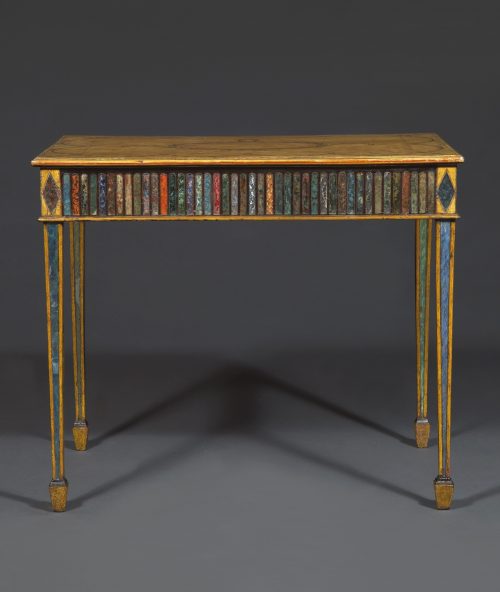
Research
Of polychrome painted wood and glass. The rectangular top decorated a pale yellow with swagged harebell flower border surrounding central laurel leaf wreath, above a frieze applied entirely with arched glass fillets over recessed faux marble painted surfaces, with lozenge shaped glass panels at the corners. The whole resting on four tapering legs, each with recessed painted and glazed panels and terminating in a spade foot. Old and recent replacements to glass sections. A few old minor cracks. Yellow decoration with minor touch-ins.
Provenance:
Collection of Rose Cumming, New York, before 1931.
Published:
Simpson, Jeffrey. Rose Cumming: Design Inspiration. New York: Rizzoli, 2012.
The table is shown in Rose Cumming’s residences at 489 Park Avenue in the 1930s (page 33) and later in the music room at the front of the parlor floor of her townhouse at 36 West 53rd Street circa 1960 (page 173).
Tweed, Katharine. The Finest Rooms by America’s Great Decorators. New York: Bramhall House, 1964. Page 57.
Research
This late eighteenth century neoclassical center table has no direct parallels within European furniture examples. The surface of its base is almost entirely composed of numerous glass panels, painted below to resemble specimens of colored hardstones and marbles. Its overall outline, including tapering legs ending in spade feet and distinctive molding profiles suggest an English influence. Furthermore, its delicate pale yellow painted top with harebell and laurel decoration is similar to plateaus of satinwood and colored marquetry found on English tables and commodes in the Adamesque taste. However, based on a profound predilection for glass-mounted furniture and interior architecture, it is possible the table was made in Russia during the latter part of the reign of Catherine the Great, who adored both colored glass and semiprecious stones, and English Neoclassicism.
Full research report available on request.
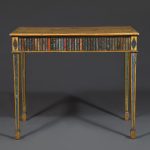

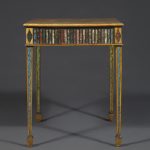
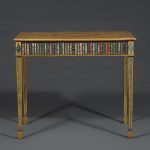
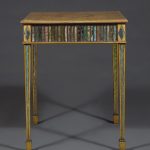

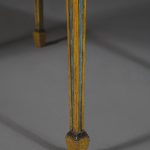
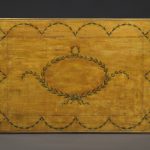
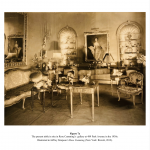
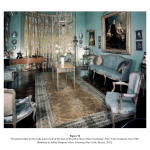
Comments are closed.